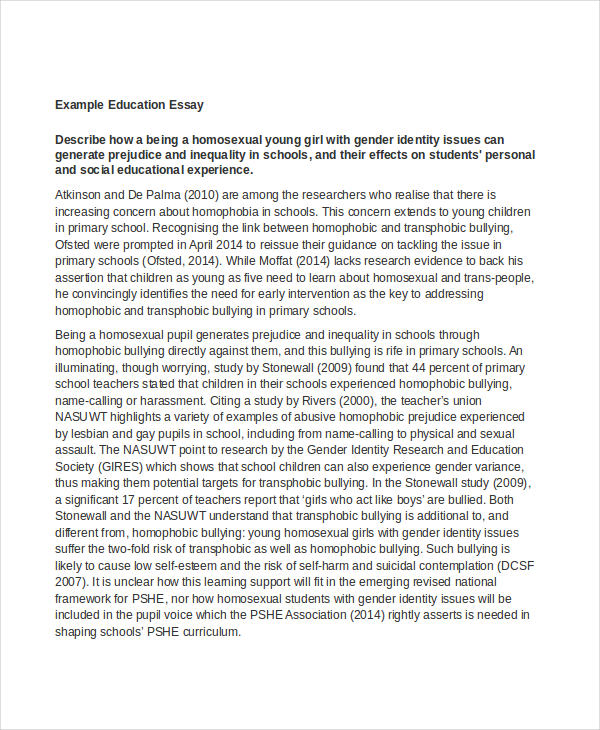
Pentatrichomonas hominis (formally known as trichomonas hominis):This species is also refered to as Trichomonas hominis and has a variable number of anterior flagella (three to five) but typically five. The posteria flagella is attached by an undulating membrane which runs the full length of the cell. It has a relatively wide host range and is generally a harmless commensal found in the caecum.
TRICHOMONAS HOMINIS by Diana Austria on Prezi.
Four additional non-pathogenic flagellates recovered from human stools are: Trichomonas hominis, Chilomastix mesnili, Enteromonas hominis, and Retortamonas intestinalis. Among these T. hominis, also called Pentatrichomonas hominis, is the most common and is often recovered from diarrheic stools. These flagellates exhibit similar morphologies (Table) and can be difficult to distinguish. The.Hominin, Any member of the zoological “tribe” Hominini (family Hominidae, order Primates), of which only one species exists today—Homo sapiens, or human beings. The term is used most often to refer to extinct members of the human lineage, some of which are now quite well known from fossil remains: Homo neanderthalensis (the Neanderthals ), Homo erectus, Homo habilis, and various.Classification of Organisms Essay 1159 Words 5 Pages Taxonomy is the study of the classification of organisms, it is the organization (separation) of all the known organisms into groups based on their shared features, these groups are then organized into further, larger groups.
Staphylococcus is a genus of Gram-positive bacteria in the family Staphylococcaceae in the order Bacillales.Under the microscope, they appear spherical (), and form in grape-like clusters. Staphylococcus species are facultative anaerobic organisms (capable of growth both aerobically and anaerobically).Mycoplasma hominis is a species of bacteria in the genus Mycoplasma.M. hominis has the ability to penetrate the interior of human cells. Along with ureaplasmas, mycoplasmas are the smallest free-living organisms known. They have no cell wall and therefore do not Gram stain. M. hominis is associated with pelvic inflammatory disease and bacterial vaginosis.









